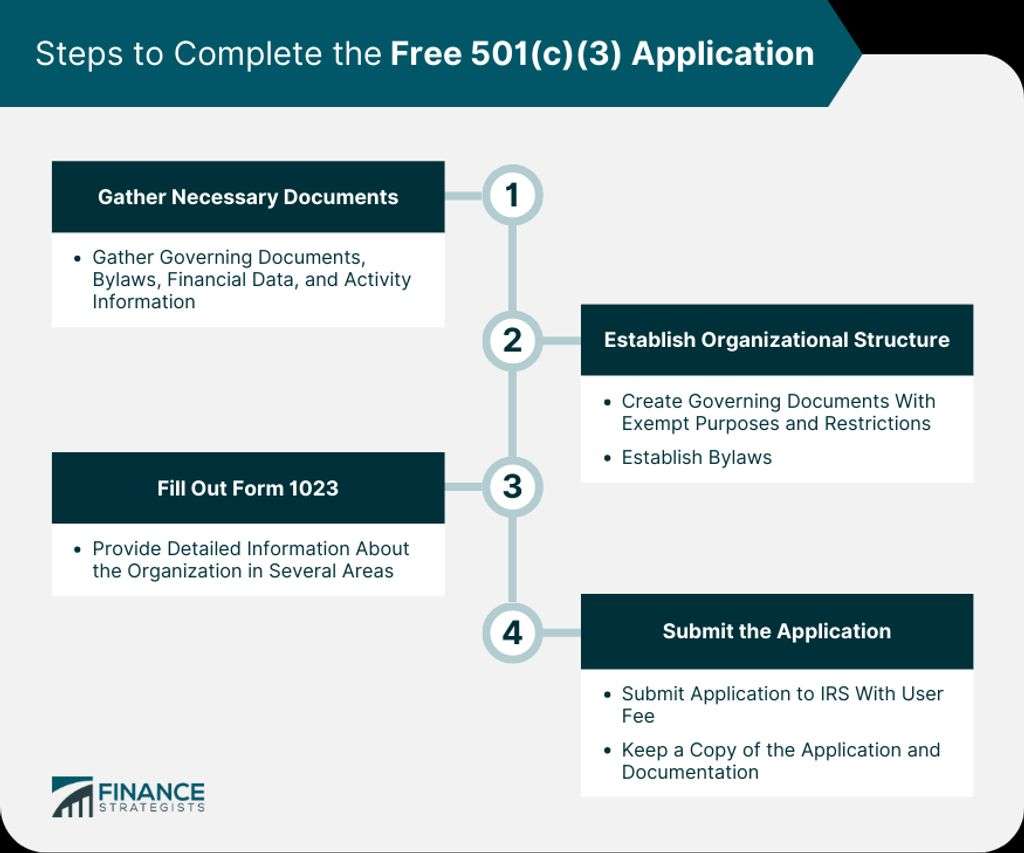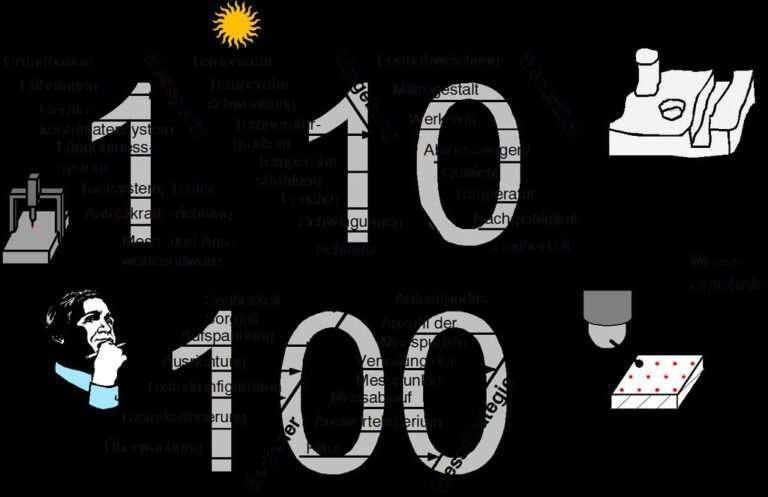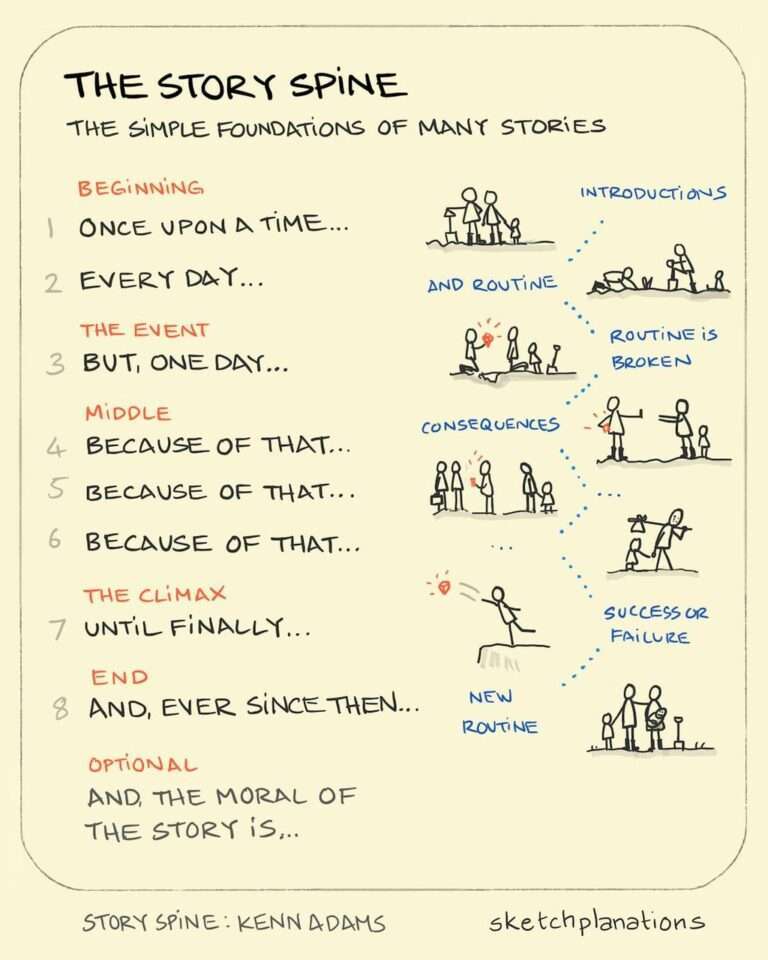The 8-Point Arc (Stasis, Trigger, The quest, Surprise, Critical choice, Climax, Reversal, Resolution): A detailed structure for creating a compelling narrative.
Overview
What is the 8-Point Arc?
The 8-Point Arc is a detailed structure for creating a compelling narrative. It provides a framework that guides writers in crafting engaging stories that captivate readers or viewers. This structure consists of eight key points: Stasis, Trigger, The Quest, Surprise, Critical Choice, Climax, Reversal, and Resolution. Each point serves a specific purpose in advancing the story and keeping the audience engaged. By following the 8-Point Arc, writers can ensure that their narratives have a strong foundation and a satisfying resolution. It is an essential tool for storytellers looking to create extraordinary and impactful narratives.
Why is the 8-Point Arc important?
The 8-Point Arc is a crucial framework for creating a compelling narrative. It provides a detailed structure that guides writers in crafting stories that captivate readers or viewers. By following the 8-Point Arc, storytellers can ensure that their narratives have a strong foundation and are well-paced, with key elements strategically placed throughout. This structure helps maintain the audience’s engagement by incorporating elements such as stasis, trigger, the quest, surprise, critical choice, climax, reversal, and resolution. The 8-Point Arc ensures that stories have a clear progression and a satisfying resolution, leaving the audience fulfilled. It is a valuable tool for writers of all genres and mediums, allowing them to create narratives that resonate with readers or viewers and leave a lasting impact. If you’re a writer or storyteller, incorporating the 8-Point Arc into your work can elevate your storytelling abilities and enhance the overall quality of your narratives. Unlock the power of the 8-Point Arc and unleash your storytelling potential with Unifire, a platform designed to help creators scale their authentic content and reach their audience effectively.
How does the 8-Point Arc enhance storytelling?
The 8-Point Arc is a powerful narrative structure that can greatly enhance storytelling. By following this structure, writers can create a compelling and engaging story that captivates the audience from beginning to end. The 8-Point Arc provides a framework for building tension, creating well-defined characters, and developing a satisfying resolution. It ensures that the story has a strong foundation and a clear progression, keeping the readers or viewers invested in the narrative. This structure also helps writers to effectively pace their story, balancing moments of calm with moments of excitement and conflict. Overall, the 8-Point Arc is a valuable tool for any storyteller looking to create a memorable and impactful narrative.
CTA: Visit Unifire for more resources on storytelling techniques and tips!
How to Use the 8-Point Arc in Your Story:
- Start by establishing the normal state of your protagonist and their world. Introduce the routine and setting that will be disrupted by the trigger event.
- Create a trigger event that disrupts the stasis and creates a sense of imbalance or tension. This event should propel the protagonist into action.
- Define the protagonist’s quest or goal. Introduce obstacles and challenges that the protagonist must overcome to achieve their objective.
- Develop the protagonist’s motivation and determination. Show their growth and transformation as they face the challenges and make critical choices.
- Build up to the climax of the story, where the protagonist faces their greatest challenge or makes a crucial decision.
- Include a reversal or unexpected twist that adds further complexity to the story and tests the protagonist’s resolve.
- Resolve the conflicts and tie up loose ends in a satisfying way. Show the consequences of the protagonist’s actions and provide closure for the audience.
By using the 8-Point Arc, you can create a well-structured and engaging story that will captivate your audience and leave a lasting impact.
Stasis
Establishing the normal state of the protagonist
In this section, we delve into the importance of establishing the normal state of the protagonist in the 8-Point Arc structure. By setting up the protagonist’s world and routine, the audience gains a clear understanding of their current situation and the context in which the story unfolds. This establishes a baseline against which any disruptions or challenges can be measured, creating a sense of contrast and tension. Additionally, introducing the initial conflict or problem provides the catalyst for change and sets the stage for the protagonist’s journey. It is crucial to establish this stasis in order to lay a solid foundation for the narrative to unfold and for the audience to emotionally invest in the protagonist’s journey.
Introducing the protagonist’s world and routine
In this section, we delve into the protagonist’s world and routine, providing a comprehensive understanding of their daily life and the environment they inhabit. By establishing a clear picture of their surroundings, we create a sense of familiarity and connection with the protagonist, allowing readers to relate to their experiences. Through vivid descriptions and immersive storytelling, we bring to life the sights, sounds, and emotions that define their world. This not only sets the stage for the upcoming events but also lays the foundation for the conflicts and challenges the protagonist will face. By immersing readers in the protagonist’s world, we create a strong emotional bond that keeps them engaged throughout the narrative. Through careful attention to detail and a focus on capturing the essence of the protagonist’s reality, we aim to transport readers into a captivating and believable world. Join us on this journey as we uncover the hidden depths of the protagonist’s existence and explore the Season of Ghosts.
Setting up the initial conflict or problem
In this stage of the 8-Point Arc, the narrative introduces the initial conflict or problem that the protagonist will face. This conflict disrupts the protagonist’s stasis, creating a sense of imbalance or tension. It serves as the catalyst that propels the protagonist into action, setting the stage for the rest of the story. The conflict or problem can take various forms, such as a personal struggle, an external threat, or a societal issue. It is crucial for the conflict to be compelling and engaging, as it will drive the protagonist’s journey and keep the audience invested in the narrative. By setting up a strong conflict or problem, the story lays the foundation for the protagonist’s quest and the challenges they will encounter along the way.
Trigger
An event or incident that disrupts the protagonist’s stasis
Once the protagonist’s normal state and routine have been established, an unexpected event or incident occurs, throwing their world into disarray. This disruption creates a sense of imbalance and tension, forcing the protagonist to confront the conflict or problem at hand. It serves as the catalyst that propels the protagonist into action, setting the stage for their journey and quest to resolve the challenges they now face. This trigger moment marks a crucial turning point in the narrative, shifting the story from the mundane to the extraordinary and captivating the reader’s attention.
Creating a sense of imbalance or tension
Creating a sense of imbalance or tension is a crucial element in storytelling. It serves to captivate the audience and keep them engaged throughout the narrative. By introducing a disruption to the protagonist’s stasis, such as an unexpected event or incident, the story takes a turn and the balance is disrupted. This creates a feeling of unease and anticipation, as the audience wonders how the protagonist will react and what challenges they will face. The sense of imbalance or tension propels the protagonist into action, driving the story forward and setting the stage for the quest that lies ahead. It is through this tension that the audience becomes emotionally invested in the narrative, eagerly awaiting the resolution and the protagonist’s journey towards it. In the case of intertwining the dolls’ world, this tension can be heightened by exploring the intricacies of their interconnected lives and the conflicts that arise as a result.
The Quest
Defining the protagonist’s goal or objective
Now that we have established the stasis and triggered the protagonist into action, it’s time to define their goal or objective. This is the driving force behind the protagonist’s journey and the central focus of the narrative. The goal could be anything from saving the world to finding true love. It is crucial to clearly define the goal to create a sense of purpose and direction for the protagonist. Along with defining the goal, we also introduce obstacles and challenges that the protagonist will face along the way. These obstacles add depth and complexity to the story, forcing the protagonist to grow and evolve. The audience becomes emotionally invested in the protagonist’s journey, rooting for them to overcome these challenges and achieve their goal. In the case of Star Trek, the goal could be to explore new worlds and seek out new civilizations, while facing various alien species and intergalactic conflicts.
Introducing obstacles and challenges
In this phase of the 8-Point Arc, the protagonist faces a series of obstacles and challenges that test their resolve and determination. These challenges may come in the form of external forces, such as antagonists or natural disasters, or internal conflicts, such as self-doubt or conflicting desires. The protagonist must navigate through these obstacles, making critical choices along the way that shape their character and propel the story forward. These challenges not only add tension and suspense to the narrative but also provide opportunities for character growth and development. The protagonist’s ability to overcome these obstacles is crucial for their success in achieving their goal and resolving the central conflict. It is through these challenges that the protagonist’s true strength and resilience are revealed, highlighting the survivalist exigencies they must face. By introducing these obstacles and challenges, the 8-Point Arc creates a sense of urgency and excitement, keeping the audience engaged and invested in the protagonist’s journey.
Developing the protagonist’s motivation and determination
As the story progresses, the protagonist’s motivation and determination continue to develop and evolve. They face numerous obstacles and challenges that test their resolve and push them to their limits. These challenges serve to strengthen their determination and fuel their motivation to achieve their goal. Through each trial and setback, the protagonist learns valuable lessons and grows as a character. Their motivation becomes more focused and their determination becomes unwavering. The audience becomes invested in the protagonist’s journey, rooting for them to overcome adversity and succeed. This development of the protagonist’s motivation and determination adds depth and complexity to the narrative, making it more compelling and engaging for the reader or viewer.
Welcome to The Quest, a section of Unifire where we explore the depths of knowledge and embark on a journey of discovery. Join us as we delve into fascinating topics, uncover hidden truths, and seek answers to life’s most intriguing questions. Whether you’re a curious soul or a passionate seeker, The Quest is your guide to expanding your horizons and unlocking new realms of understanding. Ready to embark on this epic adventure? Visit Unifire now and let the quest begin!








